at the Oregon Shakespeare Festival
 All the Way
All the Way
by Robert Schenkkan
Robert Schenkkan has written a masterful script that projects a sharp look at the leaders of America during the year which was more or less between my 10th and 11th birthdays. I had expected a pleasant play that would remind me of my precocious political awakening. I wound up dazzled by how well Schenkkan presents the feel of that first post-Kennedy year and by the tragic-hero humanness of the real-life figures that fought for civil rights, the Great Society, and for the liberal values that made the United States an economic and moral force.
Unlike many of the world premieres and commissioned works produced recently at the Oregon Shakespeare Festival, All the Way is a classically constructed evening of theater. That traditional approach, flawlessly executed, lets older theater goers experience the production without stretching uncomfortably to understand the format. ATW is a wonderful play; it’s not a performance piece nor a dressed-up poetry rap. It taps into the power of a linear story, rising action, imperfect giants, and changed characters. Its straight-forward plot and wording are evidence that the truisms of play design you learned in high school English class remain valid.
ATW is gimmick-free art. It is a camera-ready canvass for the director, actors, set designer, costume designer, lighting designer, … everyone… to apply their talent.
And, each artist involved in this production injected touches that were just right.
Director Bill Rauch set a pace, level of involvement, and pathway through the scenes that was perfect. In addition to nurturing and throttling the overall momentum, Rauch is a virtuoso in finding special moments that let one character after another own the scene though a lingering exit, a slowed-down speech, or a rabble-rousing trip into the audience. ATW’s main character is President Lyndon Johnson who is portrayed inspiredly by Jack Willis. ATW is Johnson’s play, much the same way as the Rauch-directed 2010 Hamlet was Hamlet’s play. You initially feel that ATW is a one-character showcase, until you start thinking about the hypnotizing on-stage moment that focused individually on Martin Luther King (Kenajuan Bentley), Bob Moses (Kevin Kenerly), Lady Bird Johnson (Terri McMahon), Walter Jenkins (Christopher Liam Moore), and … oh, hell!… almost every person in the play.
Even better, these minutes in the spotlight aren’t always solo. The verbal duel between Johnson and FBI Director J. Edgar Hoover (Richard Elmore), for example, was no less intense than the most electrifying Jedi Knight light saber joust.
Using Schenkkan’s framework, Rauch strings acting tour de forces into an integrated organic story that is endlessly strong. Rauch and his team display the richness of the script without leaving me feeling manipulated. Actors can use Schenkkan’s speeches for year’s worth of auditions. But, unlike the leaden “This is Craft Acting” I felt screamed at me by August: Osage County, ATW’s masterclass moments felt genuine, appropriate, and shown in service of the greater story.
Scenic Designer Christoper Acebo deserves foot-stamping applause early in any recap of the performance. The set was simple, elegant, serviceable, and fluent in its expression of the places that hold the action. I particularly appreciate the Senate Chamber/meeting room bank of blackness. The video screen location and photo selection (credited to Shawn Sagady) truly enhanced the story without grabbing the center of attention. Deborah Dryden’s costumers felt historically accurate and appropriate to each person.
Ordering praise for the actors is meaningless. Our crowd of bitchy long-time theater goers has repeatedly stumped itself to name anyone in the cast that was the slightest bit weak. Most were captivating, creating the spotlight moments I appreciated.
The complex conflicted written characterization of Johnson is validated in Willis’ hands. Johnson’s turns and tricks and needs are not only historically important they are integral to the flesh-and-blood person Willis gives us. I could see the Johnsons I remember from my childhood in Willis’ scenes. He triumphant. He is brutal. He is lonely. He is defeated. He is President.
I loved the depth of the political power scenes. The Johnson vs Hoover, Johnson vs. Senator Richard Russell (Douglas Rowe), Johnson vs. George Wallace (Jonathan Haugen), Johnson vs. Walter Ruther (also played by Haugen) isometric contests were all subtle, all brutal, all too real. The gatherings of the Good Ole Boys, including Russell, Senator James Eastland (Mark Murphey), and Rep. Judge Smith (David Kelly), were delicious, too. Believable politics, fueled by concerns immense and minute, was served up throughout the play. Politics had to be at the center: it made Johnson Johnson.
The role of Moore’s Walter Jenkins character reinforces the all-consuming position that politics had for Johnson. The Moore scenes provide a stunning display of Johnson’s tenderness that instinctively turned to utter iciness. Emotions could carry Johnson only so far, and they were completely disposable when politics required. Moore’s character also was given one of the special Rauch-and-actor collaborative moments at his last appearance. A vulnerable Jenkins remains on stage out of the lights as the next scene starts up. Moore and his character are left exposed in a flimsy hospital gown costume, and have to exit quietly from the front of the stage while the action, already resumed upstage, commands the audience’s attention. What a brilliant touch.
Kenerly’s Bob Moses made us want to stand up and march with him, a dangerous impulse in a play that really doesn’t invite audience participation. My only annoyance with Kenerly is that he is completely physically believable as a college student when he is older… no one should age that well.
Bentley as Martin Luther King was effective and noble without being cartoonishly saintly. Terri McMahon’s Lady Bird was a dead-on 1960’s helpmate whose story we anachronistically ached to hear.
Also noteworthy was the unambiguity of the roles performed by actors with multiple parts. Haugen’s Wallace was not just a costume change difference from Haugen’s Sen. Paul Douglas. Those characters had different bearing, different looks, and I’d swear sometimes different heights. Kelly’s Smith had no echoes in it of Kelly’s Sen. Everett Dirksen. Peter Frechette’s Sen. Hubert Humphrey was unrelated to his Sen. Strom Thurmond. And, on and on.
I apologize for not having separate shout-outs to Daniel T. Parker, Tyrone Wilson, Derrick Lee Weeden, Wayne T. Carr, Erica Sullivan, and Gina Daniels. In my defense, they were merely excellent.
Yes, I expected a lot from ATW. I anticipated a good time reliving dramatic highlights from when I was becoming politically aware. I was looking forward to seeing how history would treat Lyndon Johnson, a man who accomplished so much and was so widely despised. But, I wasn’t ready for an piece of art that so thoroughly wove humanness and politics into a captivating narrative of American history.
Ozdachs Rating
![]()
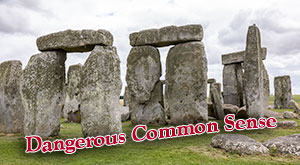
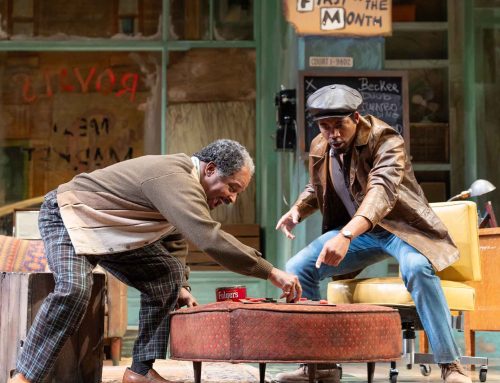
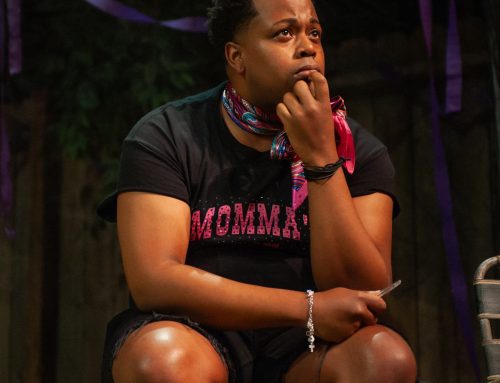
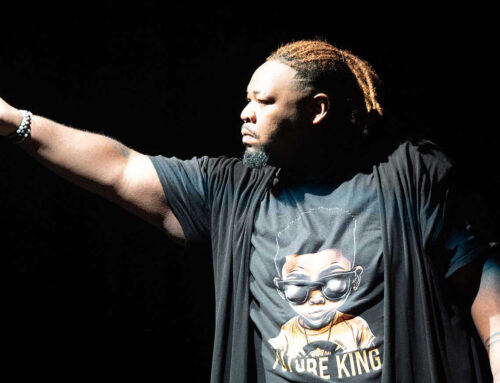
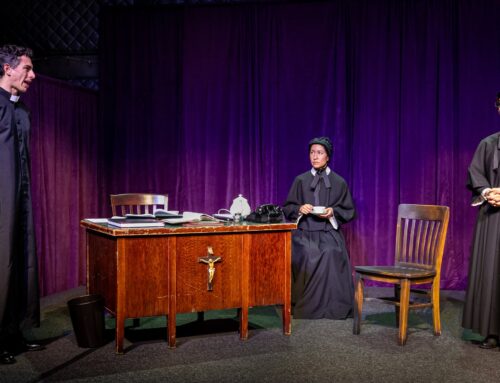
I felt that the subplot with Walter being arrested took away from the play. Although it did show that LBJ was willing to jettison anyone (and that Ladybird wasn’t), there was ample other evidence in the play that LBJ was willing to walk away from old/good friends. It also highlighted Hoover a bit more, but there wasn’t enough in the play to make Hoover an equal character with Martin Luther King.
And I completely disagree about Kevin Kenerly. He was completely out-acted by Wayne Carr. Kevin was bombastic in the same way he always is, without being moving. Wayne, on the other hand showed intensity and was believable.